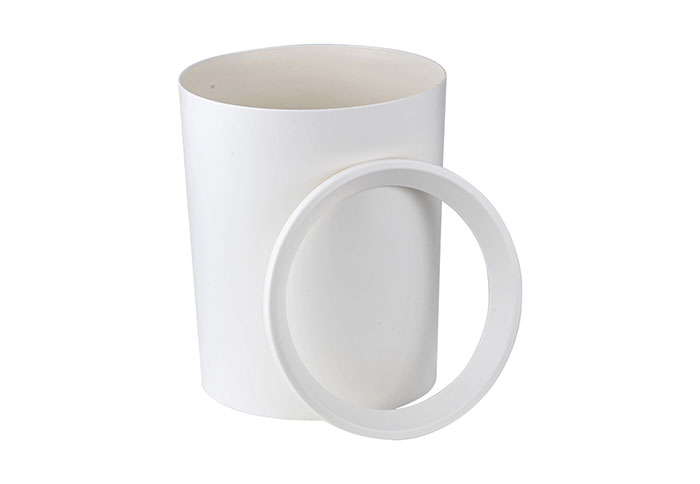Designing better waste baskets: meeting the needs of a changing world
Designing Better Waste Baskets: Meeting the Needs of a Changing World
In a world that's increasingly aware of the impact of waste on the environment, designing better waste baskets is crucial. We need waste baskets that are not only practical and convenient, but also sustainable and environmentally friendly. Here are some key considerations for designing better waste baskets that meet the needs of a changing world.
1.Sustainable Materials:
The use of sustainable materials is essential for designing better waste baskets. Materials like bamboo, recycled plastic, and biodegradable options are becoming more popular as they offer a greener alternative to traditional plastic or Styrofoam baskets. These materials are not only environmentally friendly, but also reduce the carbon footprint of the waste basket itself.

2.User-Friendly Design:
The design of waste baskets should be user-friendly, convenient, and practical. Baskets should be easy to use, whether it's opening the lid, closing it securely, or removing waste. The design should also consider the range of waste types that will be disposed of, such as wet waste, recyclables, and other materials.
3.Durable and Long-Lasting:
Waste baskets need to be durable and long-lasting to withstand regular use and abuse. Materials used in the construction should be sturdy and able to withstand various environmental conditions, including temperature extremes and moisture.
4.Spacious and Capacity:
Baskets should have sufficient capacity to hold waste comfortably without overflowing. This helps reduce the frequency of emptying and also ensures that waste is contained and not scattered around the area where the basket is placed.
5.Easy to Clean:
It should be easy to clean the waste basket, especially if it's made from a material that can stain or become odorous over time. Designs that allow for easy access and cleaning will ensure that the basket remains hygienic and doesn't become a source of odor or bacteria.
6.Recyclable or Biodegradable:
The design should consider whether the waste basket itself can be recycled or biodegraded at the end of its lifespan. This reduces the amount of waste sent to landfills and helps promote a circular economy.
In conclusion, designing better waste baskets is essential for meeting the needs of a changing world. By considering sustainable materials, user-friendliness, durability, capacity, cleanliness, and recyclability or biodegradability, we can create waste baskets that are not only practical but also environmentally friendly. These baskets will help reduce the impact of waste on the environment, promote sustainability, and contribute to creating a better world for future generations.
